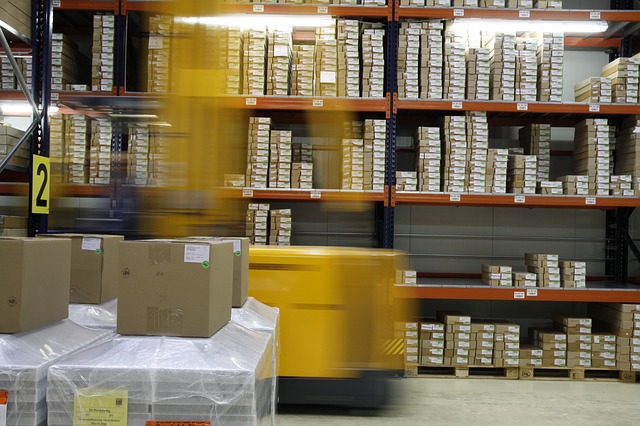
We are witnessing an exciting point in logistics and fulfillment history. Developing technology has come together with the demand for quick delivery of e-commerce orders, resulting in an explosion of digital commerce and supply chain automation.
Why We Need Warehouse Automation
As we have all seen, e-commerce sales have grown exponentially over recent years, resulting in an overall increase in warehousing and fulfillment activity. In addition, the elevated demand generated by rising omnichannel sales and increased customer expectations has put more pressure on logistics services to provide efficient service in order to quickly process more shipments.
There is an ongoing shortage of warehouse labor nationwide. This means that many providers are working with the same amount of staff as in the past. Yet there are more packages and tighter deadlines.
Automation is the missing link that can help 3PLs meet these growing demands.
Robotics with Benefits
Robotics have led to a 25% increase in productivity and 20% operating savings by reducing travel time within the warehouses, according to Ryder Systems Inc.
Keep in mind that automation covers more than just robotics. Companies like Ryder have also been using wearable technology, sensors, RFID, and drones to boost productivity. There are also predictive applications for AI in areas such as forecasting sales and inventory demand.
Not all of these applications are complex and expensive. You may have already used basic AI forecasting tools that are integrated into platforms like Amazon to help predict when to replenish stock, or Ebay to estimate competitive selling prices.
Retail stores have begun to use robotic shelf stockers and cleaners. For example, Walmart has already “hired” thousands of robotic custodians and shelf-scanners. Warehouses can benefit from robots such as the “Butler” by GreyOrange, an autonomous robot that transports mobile storage units to human operators for order picking and replenishment.
Humans and Hybrid Solutions
Implementing warehouse automation does not signal doom for human employees. In fact, machines and humans still rely on each other to deliver the best results.
Without both the yin and yan, an imbalance in this new division of labor can spell disaster. Automated warehouses are often built only for the robots, but what happens when the humans need to get involved? When this automated fulfillment center caught fire, it was nearly impossible for firefighters to access the area to control the blaze. Obviously we can't avoid all accidents or shortcomings, but this particular incident highlights the need for both humans and machines to become colleagues instead of exclusive groups.
As our technologies develop, new warehouse designs are learning to take both humans and robots into account. The WELL Building Standards identify ways to optimize the workplace for healthier and happier human employees through these seven features: air, water, light, nourishment, fitness, comfort, and mind. Addressing these points helps create a successful human-centric workplace design.
The Efficient Future is Here
The International Federation of Robotics expects the sales of robots to grow 10% from 2019 to 2020, according to a recent forecast by the group.
Warehouse robotics can help both cut costs and increase speed, essentially the definition of efficiency. Working with cobots and automated solutions is clearly the way forward to meet the growing demands of e-commerce and modern consumers.
Business Tips and Industry News
For more news and tips on all things business and e-commerce, visit our e-zine. Our e-zine is also available as an rss feed.



